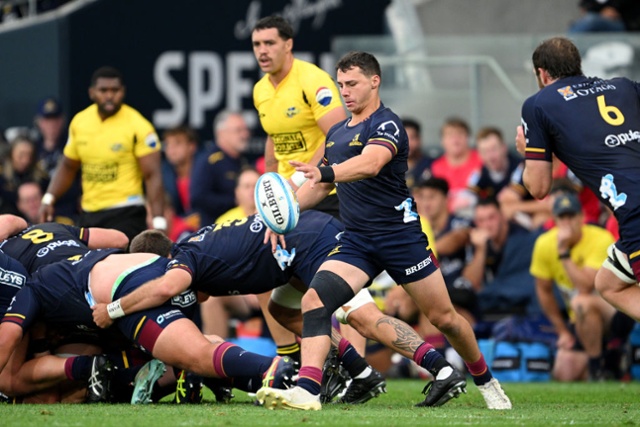Wilson
David Wilson (68)
Thanks, that does seem like it locks those cases down, though I'm not sure trapping it qualifies as a kick, it would still be an attempt to bring the ball under control. It does go back to my original point with these variations, I wish they published these with the exact language/change to the laws to make it as clear as possible.I don't think your fringe cases are covered (dropping it would be attempting to bring the ball under control, so not covered by iv, and trapping with your foot is a kick, so covered by iii
From the laws definition
Possession: An individual or team in control of the ball or who are attempting to bring it under control.
BUt as so often with rugby, they appear to have drafted the laws to require as much interpretation as possible

